Cloud Kitchens: Anushka Malkani And Nariman Abdygapparov, Masa Bakery
These Mumbai-based food entrepreneurs, who left their promising careers in fine dining to start their own enterprises, in interviews with Verve, talk about the process of — and challenges in — breaking free of the unsavoury practices that the restaurant industry is notorious for, while bringing the sensibilities of gourmet cooking into the delivery-only model.
Anushka Malkani, 27 and Nariman Abdygapparov, 24
Masa Bakery
Location: Andheri
Speciality: Baked goods, pastries
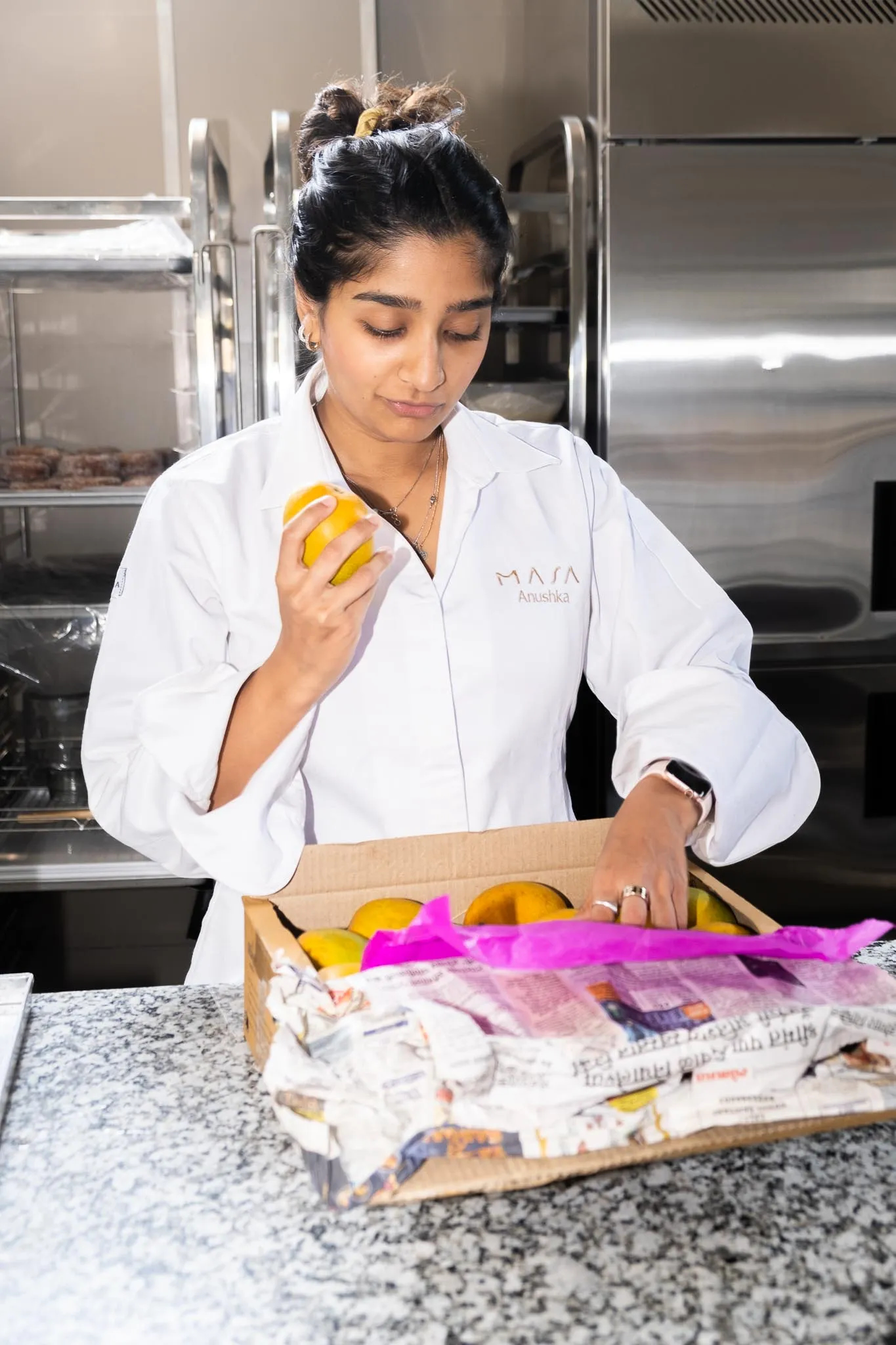
Tell us about your journey as chefs before Masa. What led you to start a cloud kitchen and how were you intending to stand out?
Anushka Malkani (AM): I studied in Switzerland, and then I moved to Paris, where I was working with the Ducasse group. I learned a lot about the importance of good ingredients and how you source them. In fact, it inspired Nariman and me to open Masa because we felt like there was a space for ingredient-driven pastry in Mumbai. There are a lot of ingredient-driven restaurants in Mumbai, where they focus on the quality of the fruits and vegetables. But when it comes to cloud kitchens, I think there’s a perception that the food is bad, it’s unhygienic and in most cases that’s possibly the truth, right? We don’t know where the food is coming from. So, we wanted to set a standard for cloud kitchens, here in India, based on sourcing good-quality produce and creating an awareness about where the food is coming from. The aim was to change the perception around cloud kitchens.
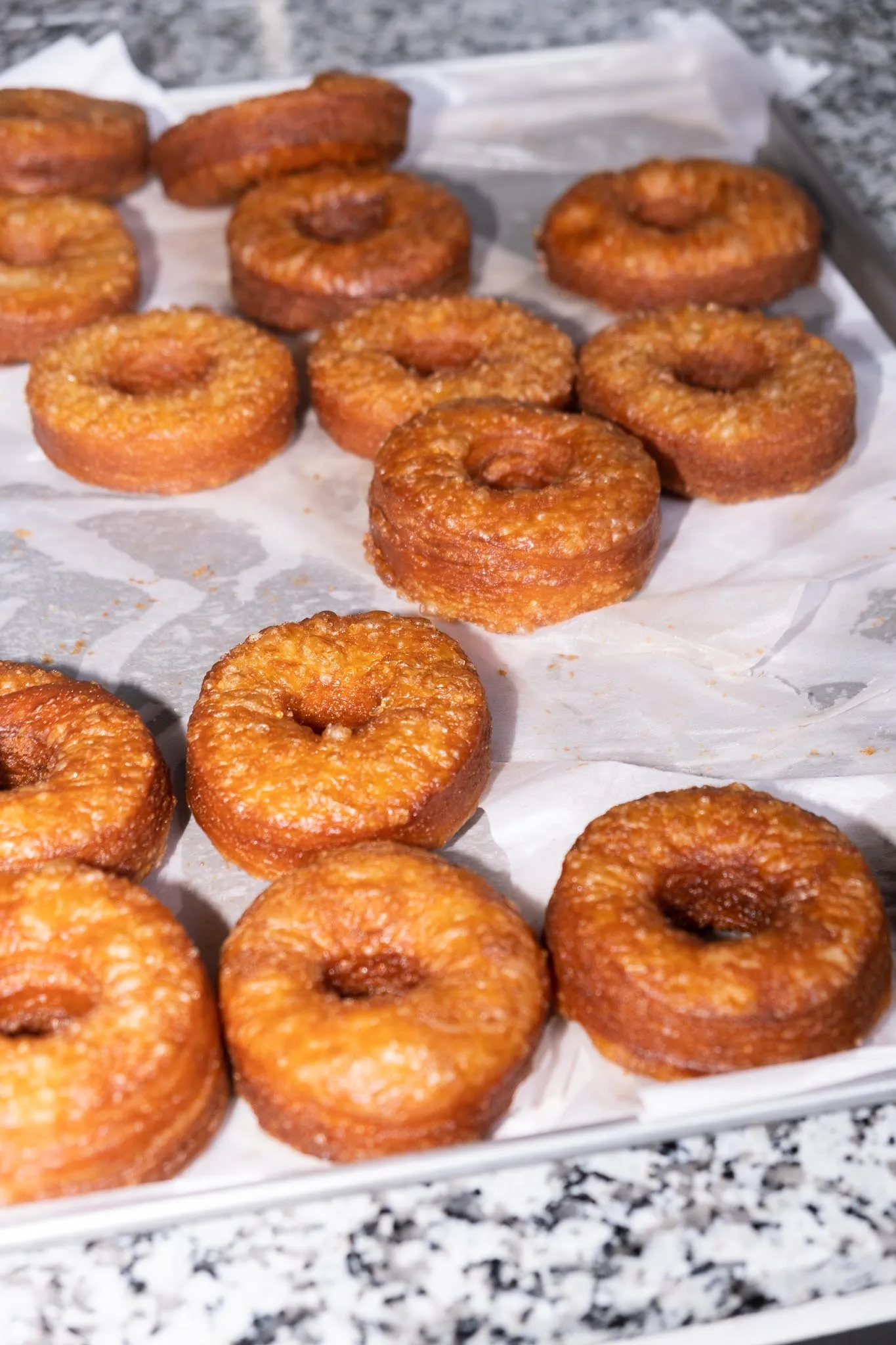
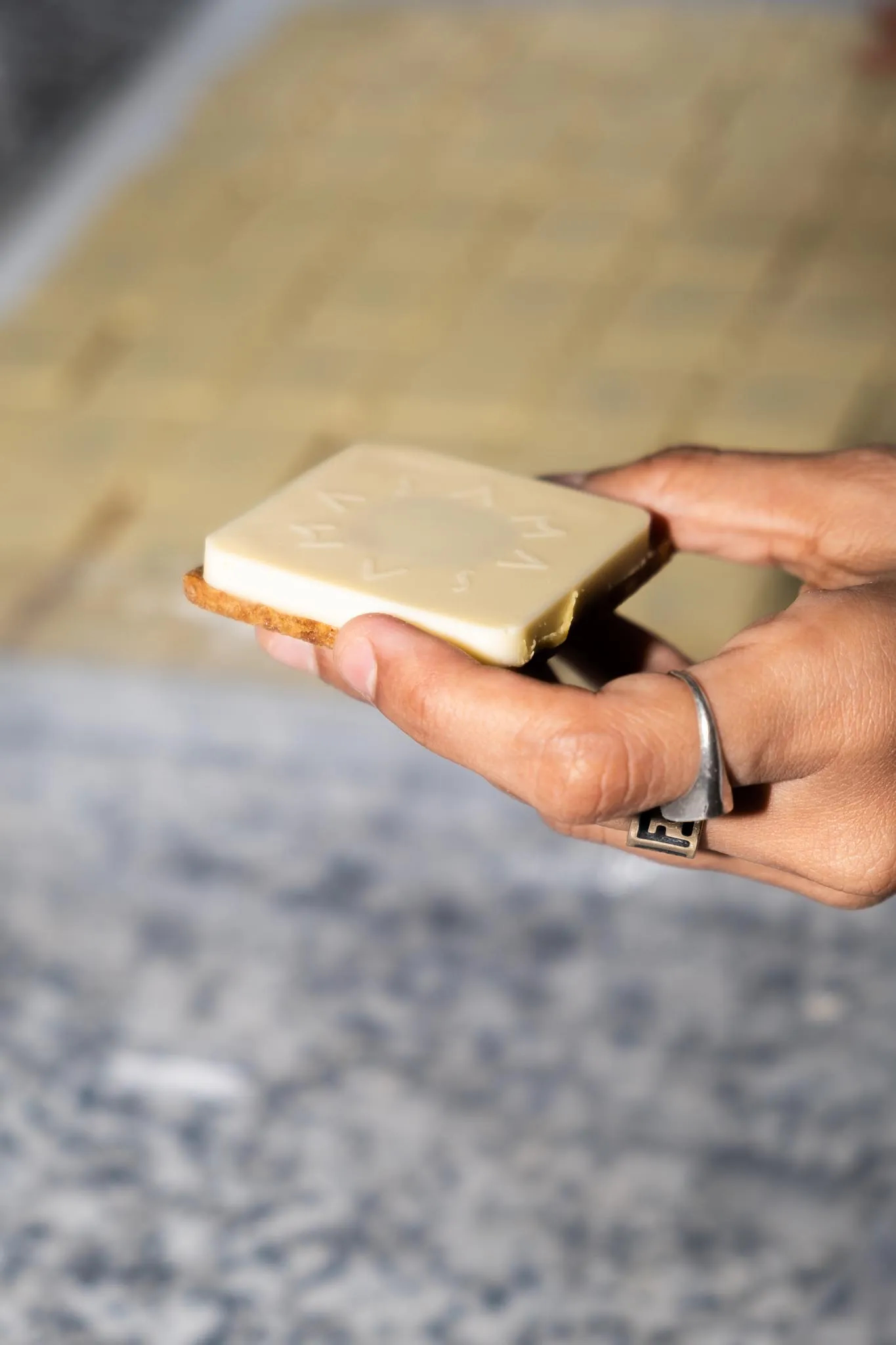
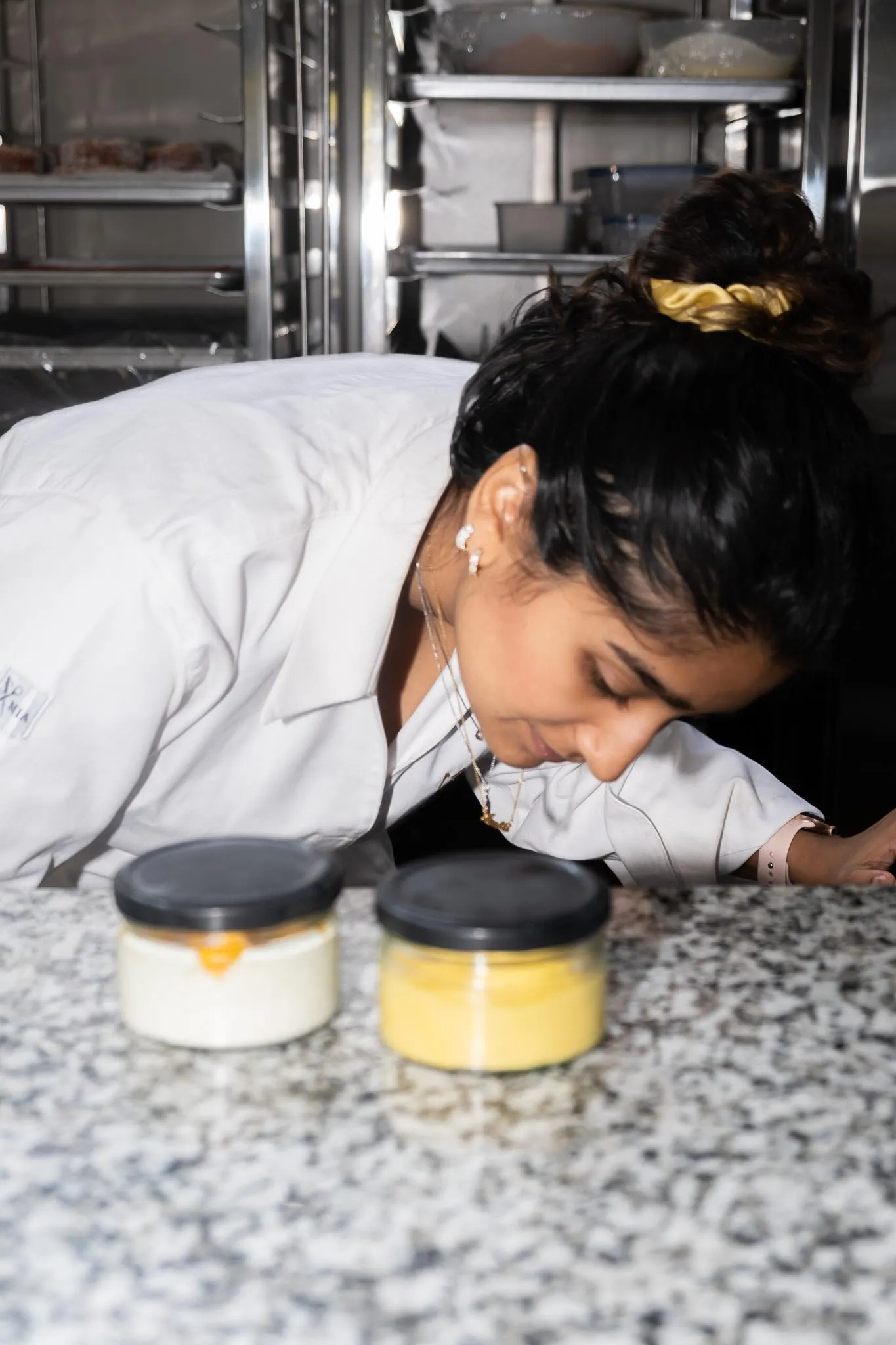
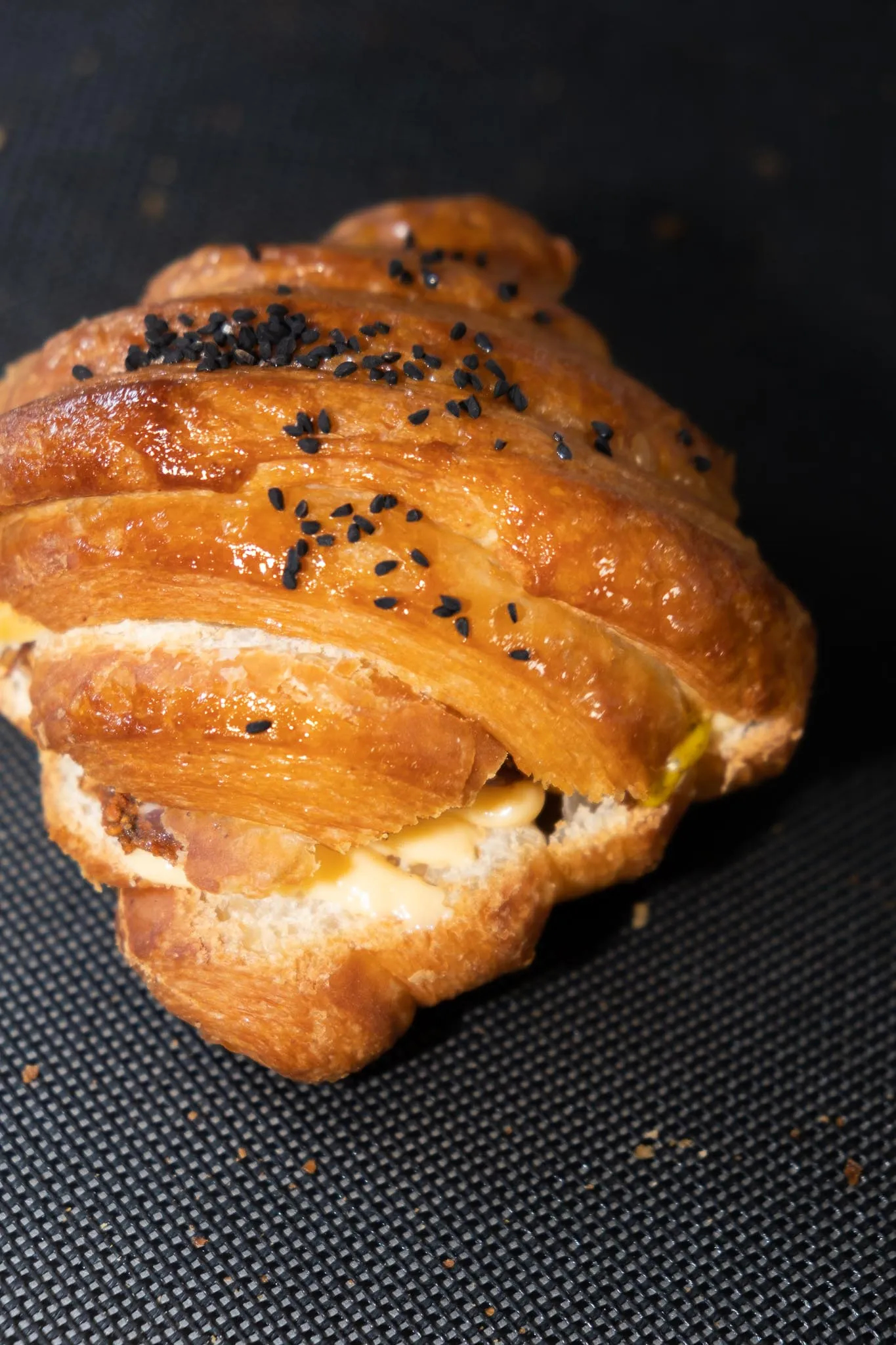
Nariman Abdygapparov (NA): I started pursuing pastry when I was 14 years old, having an interest in it from a very early age. I’m originally from Kazakhstan and the mentality there is similar to India, in terms of parents wanting their kids to study finance, medicine or engineering. Being a pastry chef is considered a very niche path. I went to Spain for my culinary education and I spent two years there. I worked in multiple bakeries, through which I was trying to find my style. And then I realised that the best place to further my experience would be France. So, I pursued a career there for around four years. That’s where Anushka and I met.
Understanding dietary preferences in India, specifically regarding pastry, along with observing a growing health-conscious movement, opened my mind professionally. Even technically, I grew. Many pastry chefs believe that some pastries cannot be made without egg, for example, but it's just a limitation of our minds. I took that on as a creative challenge.
AM: During the lockdown, we started a small page on Instagram. We were living in a 30-square-metre apartment in Paris with nothing to do, and all we had were our skill sets. We thought, let’s just show everyone what we can do and share recipes during this uncertain time. We noticed that a lot of our audience was from India. They really appreciated what we were doing, and communicated that there is a gap in the market, which ultimately led to our decision to move here.
And how was the move to India for you, Nariman?
NA: For me, it was a nice change. Understanding dietary preferences in India, specifically regarding pastry, along with observing a growing health-conscious movement, opened my mind professionally. Even technically, I grew. Many pastry chefs believe that some pastries cannot be made without egg, for example, but it’s just a limitation of our minds. I took that on as a creative challenge.
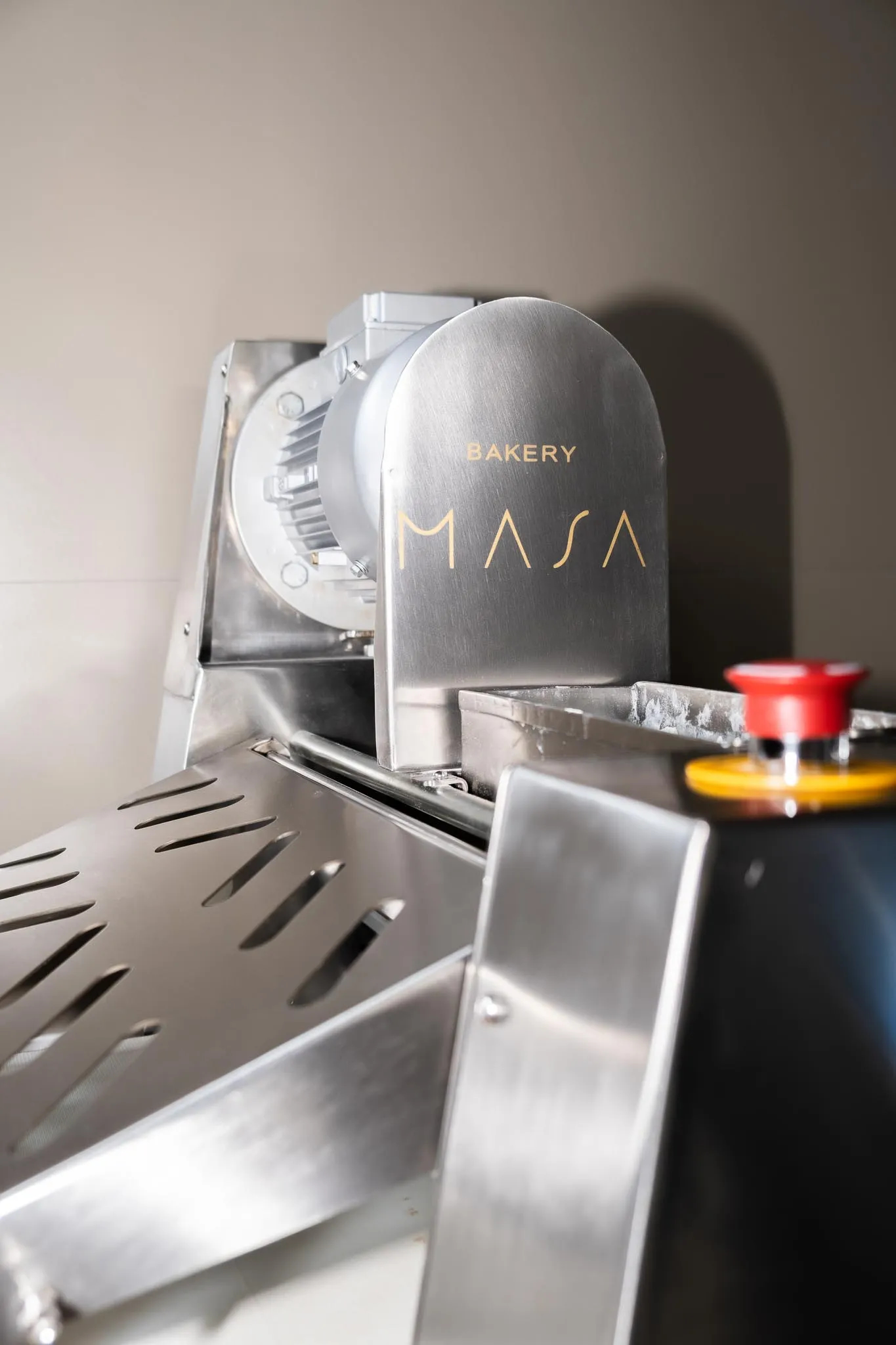
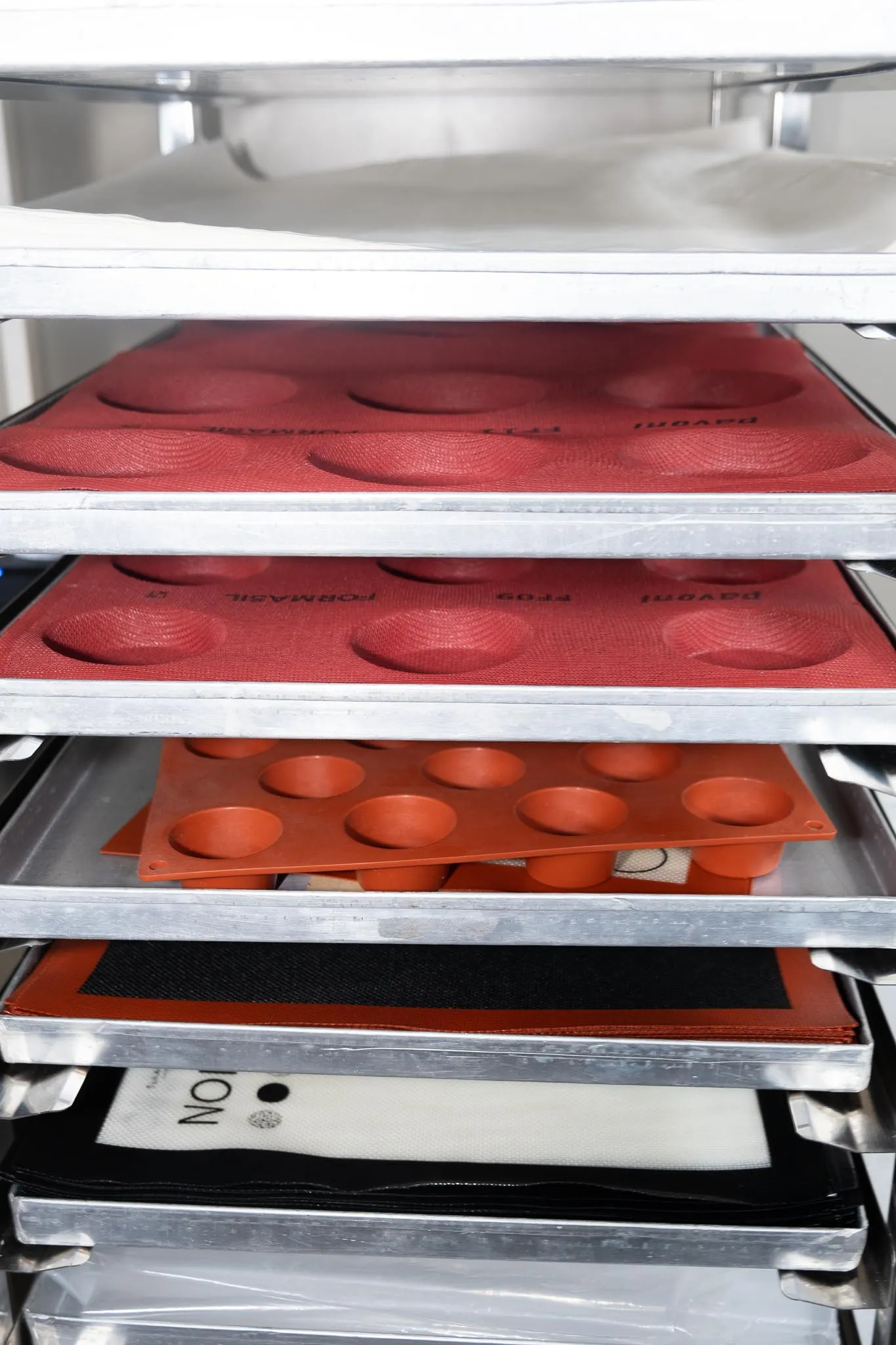
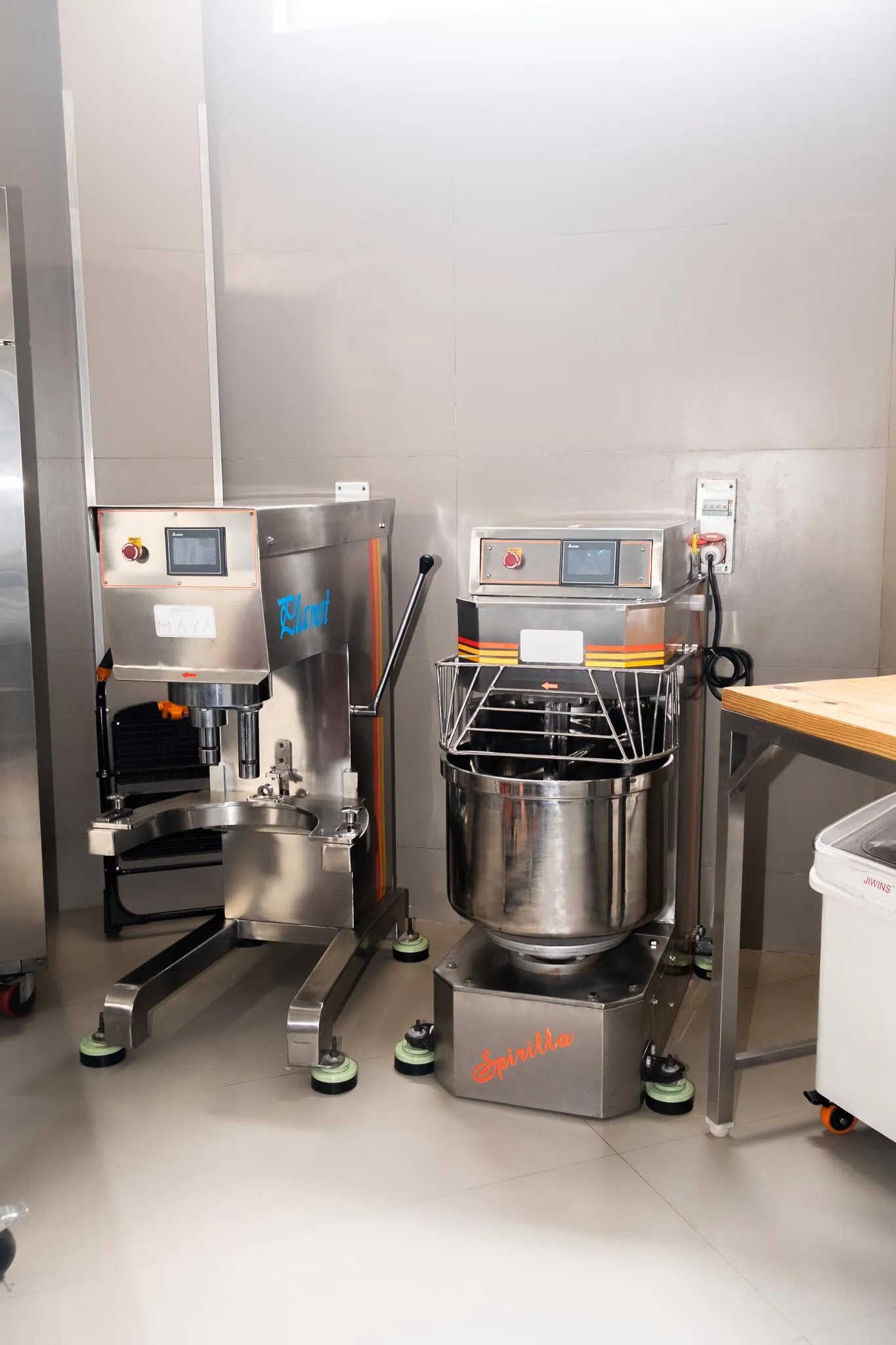
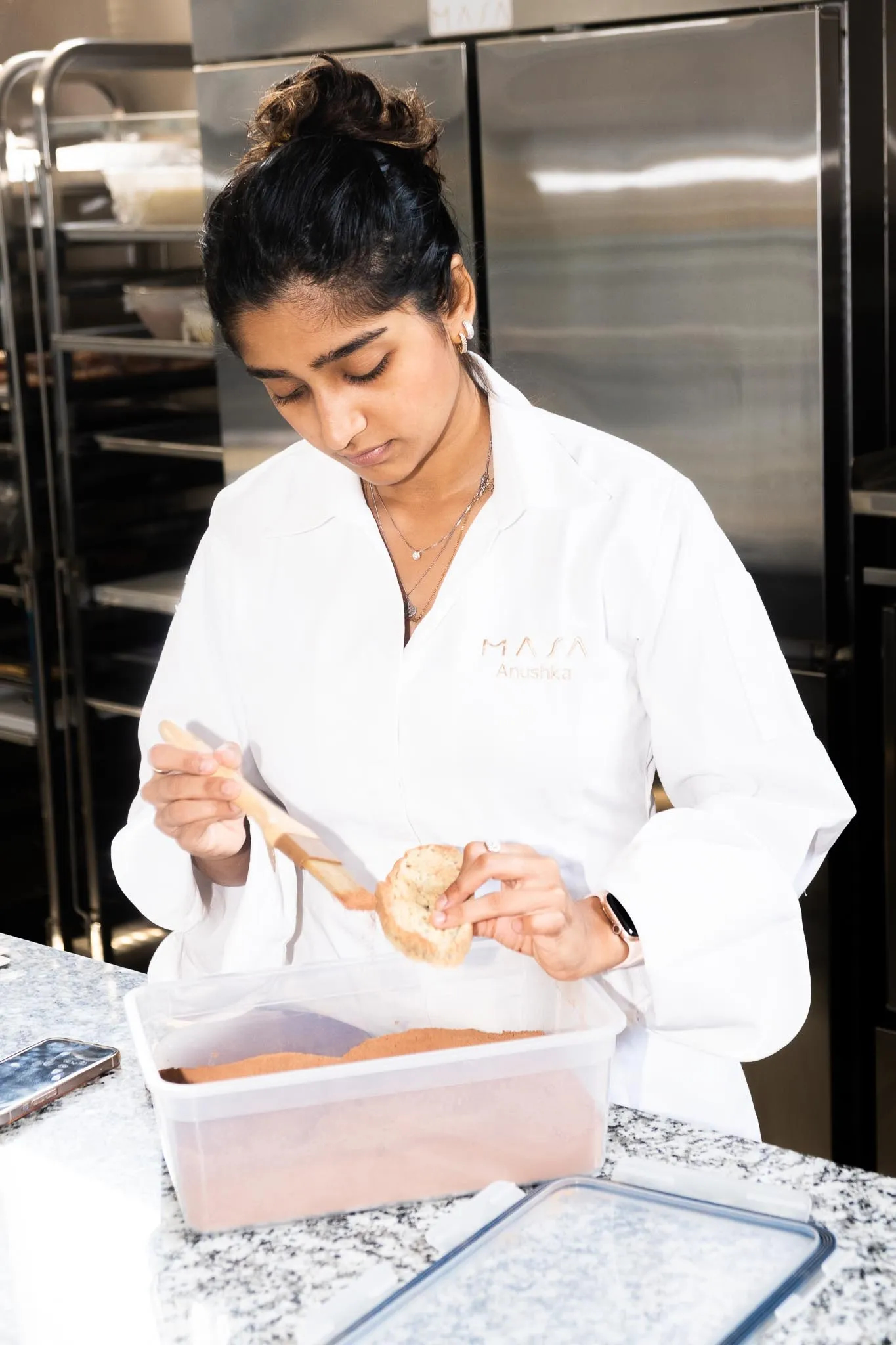
How did you go about setting up your operation? Was juggling the role of a chef and entrepreneur challenging?
AM: The most challenging part in India is time management. We set deadlines but we found that things either move too fast or too slow. But otherwise, setting up the kitchen has been fairly easy. I come from a family of hoteliers, so I’m privileged to have had that access to the contacts I needed in order to, say, get equipment or source materials. It was much easier for me than if I had had to start from scratch. This process also allowed us to find a balance while working together, and we understood our responsibilities and strengths separately. When you’re a couple working together, and you’re constantly in each other’s company, it’s important to find a way to not step on each other’s toes because it could affect us negatively both at work and home.
NA: It was most important to acknowledge that we’re both chefs and creatives, and that we might have different ideas about the same topic. Now, I’m mostly in charge of the daily production in the kitchen whereas Anushka develops recipes, and acts as that bridge between the production and the final outcome going to the customer. Our belief is that if we can leave our bakery for a week, and not have that affect our processes and the quality, then we’re good. I am also trying to react to things more analytically as a business owner, rather than emotionally. It’s completely normal for customers to give negative feedback but it used to trigger me as a chef in my early days. Now I have shifted my lens and I try listening to the customer with an open mind.
The reason that we're chefs and we cook food is because we're driven solely by passion. I want that passion to stay ignited but I still want to create a comfortable, non-toxic environment for the people who work with us.
Do you find that younger chefs like yourselves, are increasingly advocating for and prioritising their mental and emotional stability? Is that something you brought in from your past work experiences?
AM: I would definitely describe the work environment in France as very toxic. We were working 16 to 18 hours a day. In France, they say en form which means that you always have to be ready. It’s a military term, used during wartime. That’s what they used to call us — the first line of the military. It was like going into a battlefield and there was no scope for being weak.
When we moved back and started hiring people, we wanted to make sure that our team members didn’t have to feel like it was their duty to be overworked. I remember waking up every single day and I was stressed out before even reaching work because I was either thinking, “I’m going to fail” or that a guest is going to be unhappy. There’s no scope for error because it was a 3-Michelin-star restaurant. Most of my colleagues were pushing themselves because they were passionate from within but all of them hated their jobs. They started burning out at the age of 25 or 26.
The reason that we’re chefs and we cook food is because we’re driven solely by passion. I want that passion to stay ignited but I still want to create a comfortable, non-toxic environment for the people who work with us.
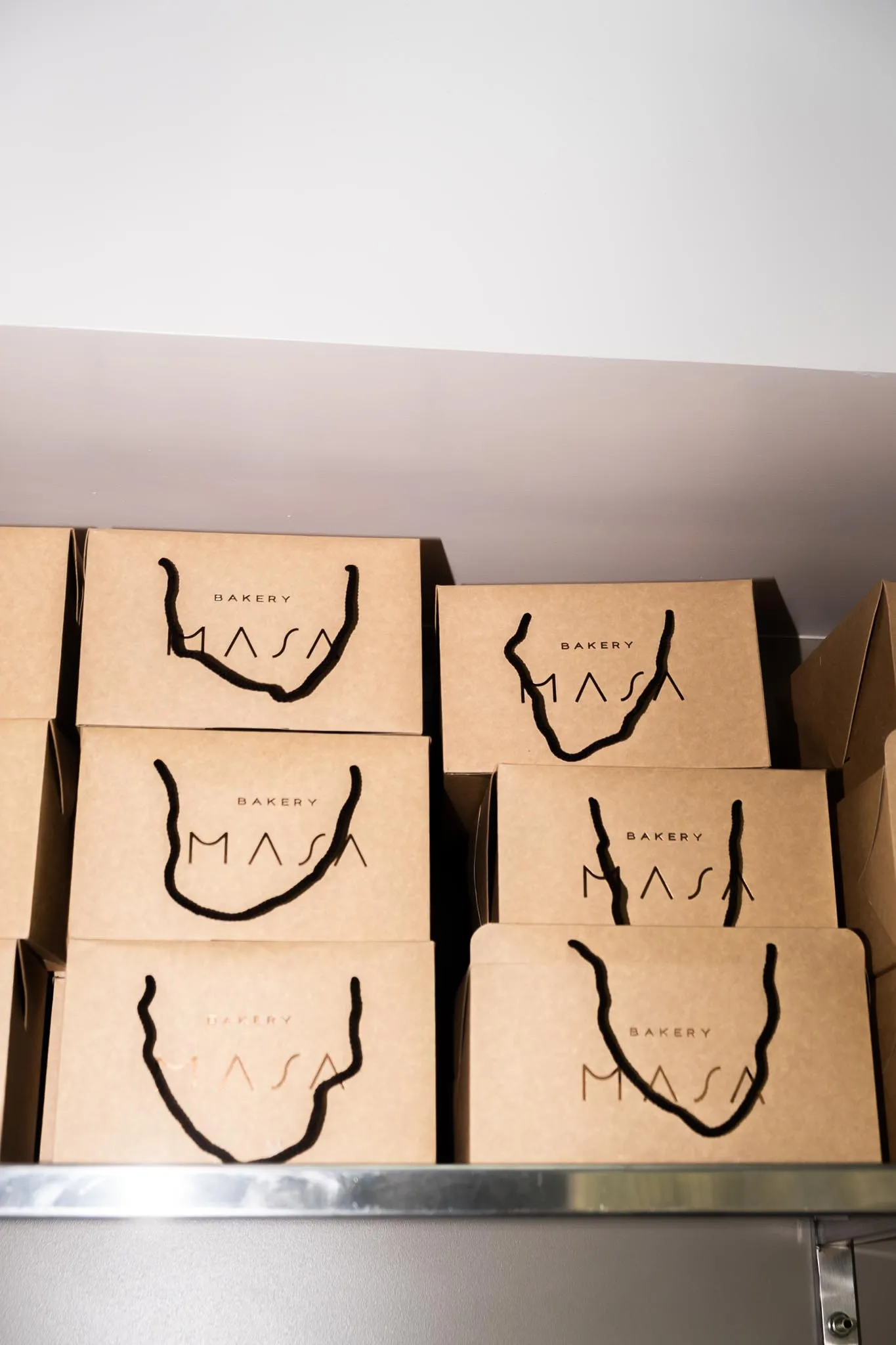
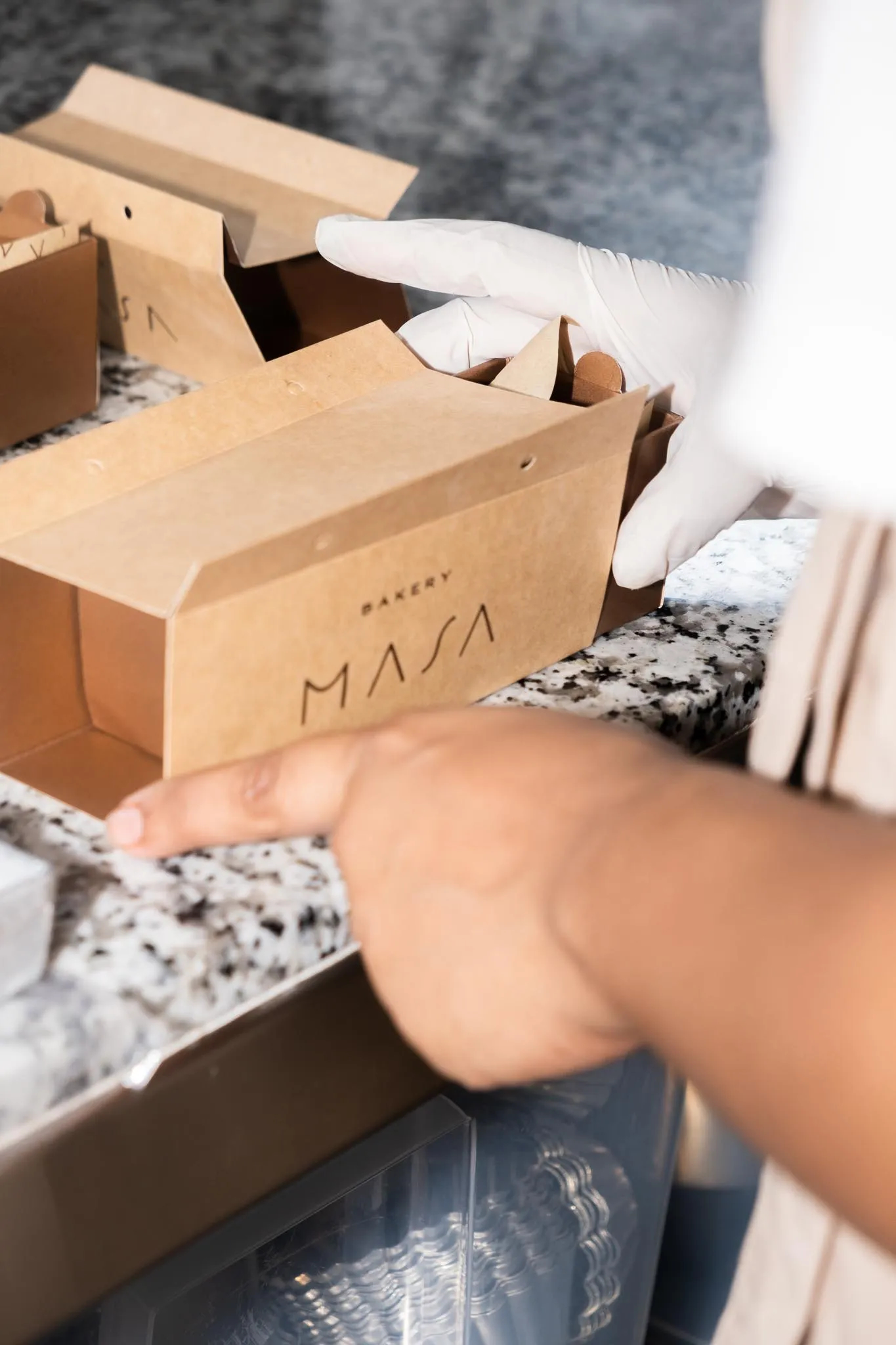
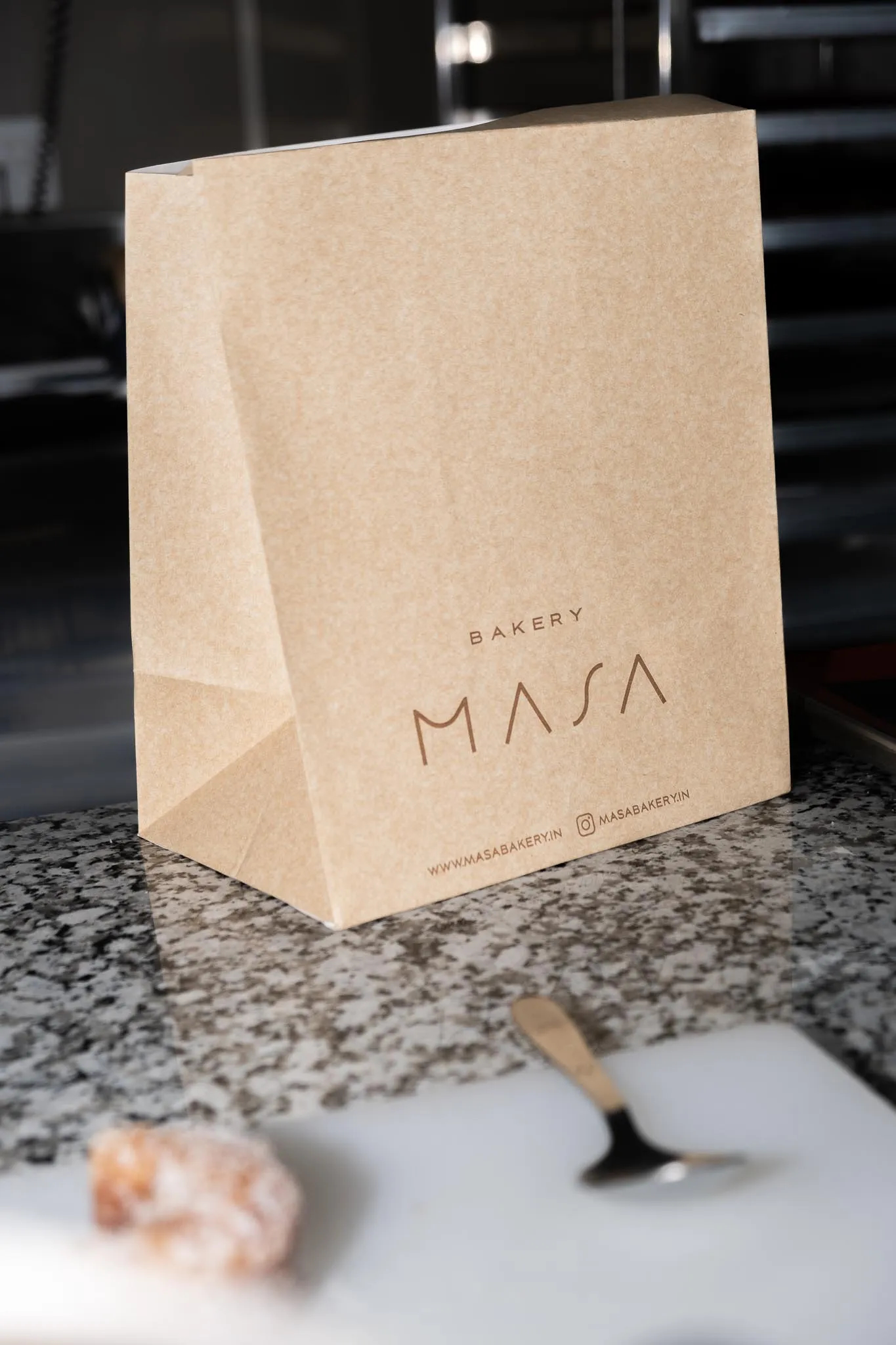
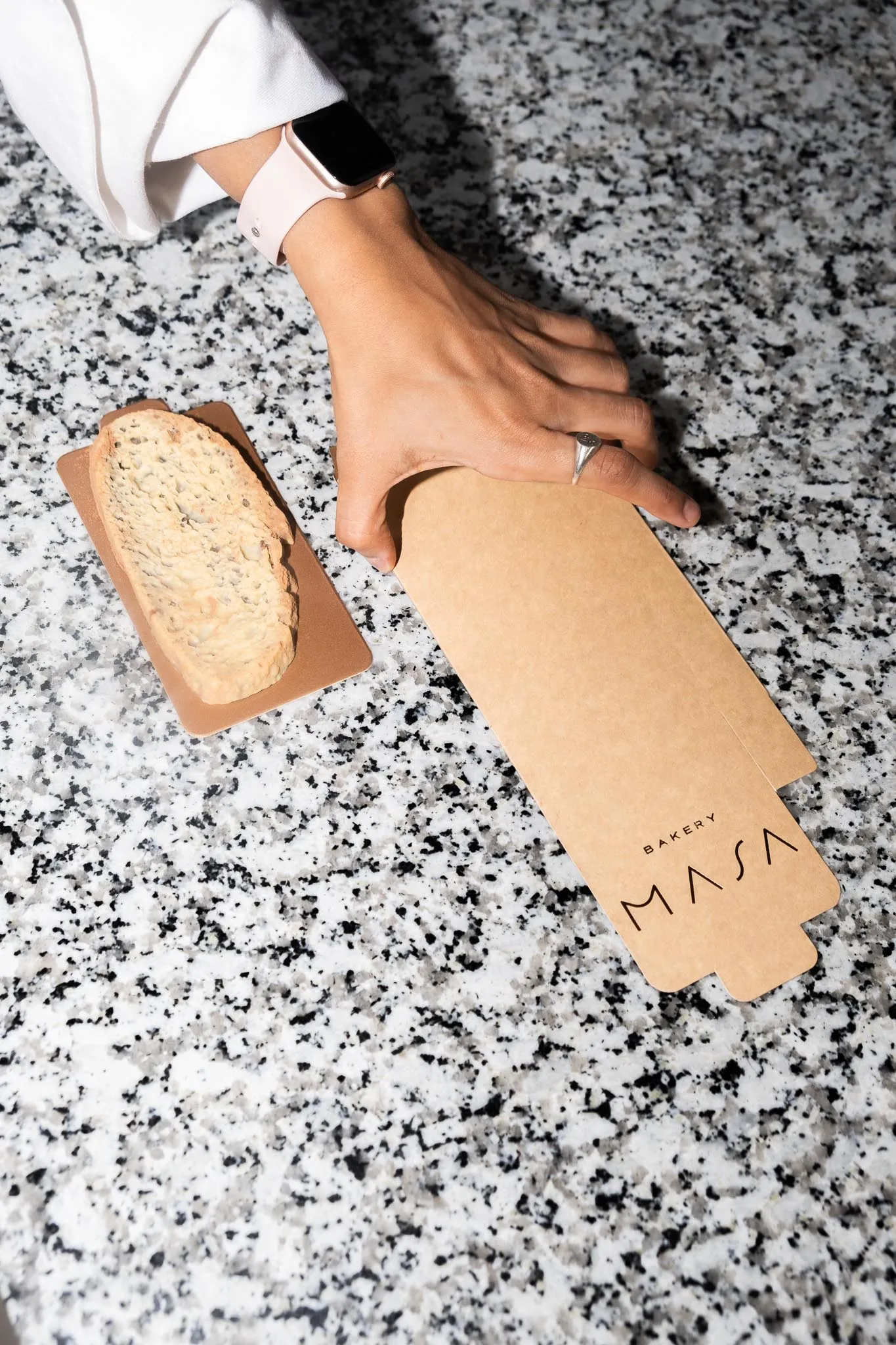
Our box in which the food is delivered, is well ventilated to preserve the aroma, crunch and texture. The simplicity of the packaging reflects our cooking style; we avoid crowding one dish with too many flavours or techniques. Generally, we like a feeling of spaciousness. Our packaging, and even the design of our kitchen, reflects that.
Tell me about establishing your distinct visual aesthetic for the brand in terms of the packaging.
NA: We built that distinct style and aesthetic over time. We started by referencing big names in the industry, especially in France and Spain, and first learned how to copy well by practising, practising, practising.
Most of our inspiration comes from nature and we both gravitate towards that handcrafted feel. We thought about how we wanted our customers to feel when they opened the box of food and ate it. Every design decision went towards creating that experience. Being a cloud kitchen, we didn’t have a space where you could smell the pastries, have a cup of coffee, etc.
Our box in which the food is delivered, is well ventilated to preserve the aroma, crunch and texture. The simplicity of the packaging reflects our cooking style; we avoid crowding one dish with too many flavours or techniques. Generally, we like a feeling of spaciousness. Our packaging, and even the design of our kitchen, reflects that. In fact, we’re also working on documenting our own creative process, as resource material for young chefs. We think it would be helpful to have a guidebook that might help others add structure to their creative processes.
AM: We also wanted to reduce our carbon footprint where possible. Generally when you order from cloud kitchens there are multiple bags and boxes that the food comes in. Our box is the bag — it is as simple as that.
You describe yourself as a “bakery of proximity” on Instagram. What are you trying to communicate to your customer there?
AM: “Bakery of proximity” means two things. One, we try to source everything from a 500-700-kilometre radius. Secondly, we want to be the neighbourhood bakery.
We want to show where the food is being cooked and the hygiene standards we maintain, where we're sourcing our ingredients from whether it is chocolate or flour. Our sources are not a secret. We're lucky to be able to use them. Everybody just wants honesty today.
How do you aim to build trust as a cloud kitchen?
AM: Transparency. We want to show where the food is being cooked and the hygiene standards we maintain, where we’re sourcing our ingredients from whether it is chocolate or flour. Our sources are not a secret. We’re lucky to be able to use them. Everybody just wants honesty today.
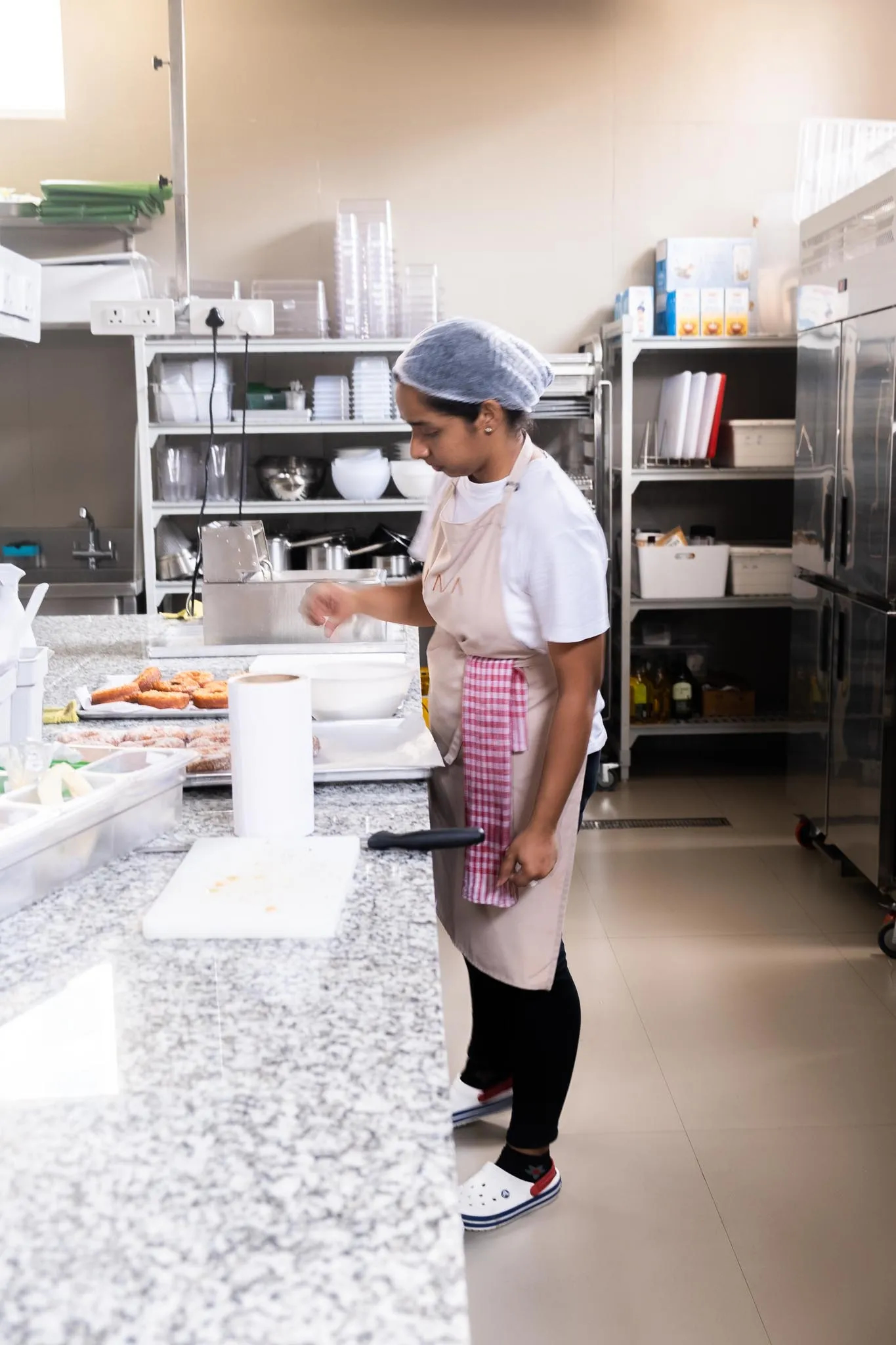
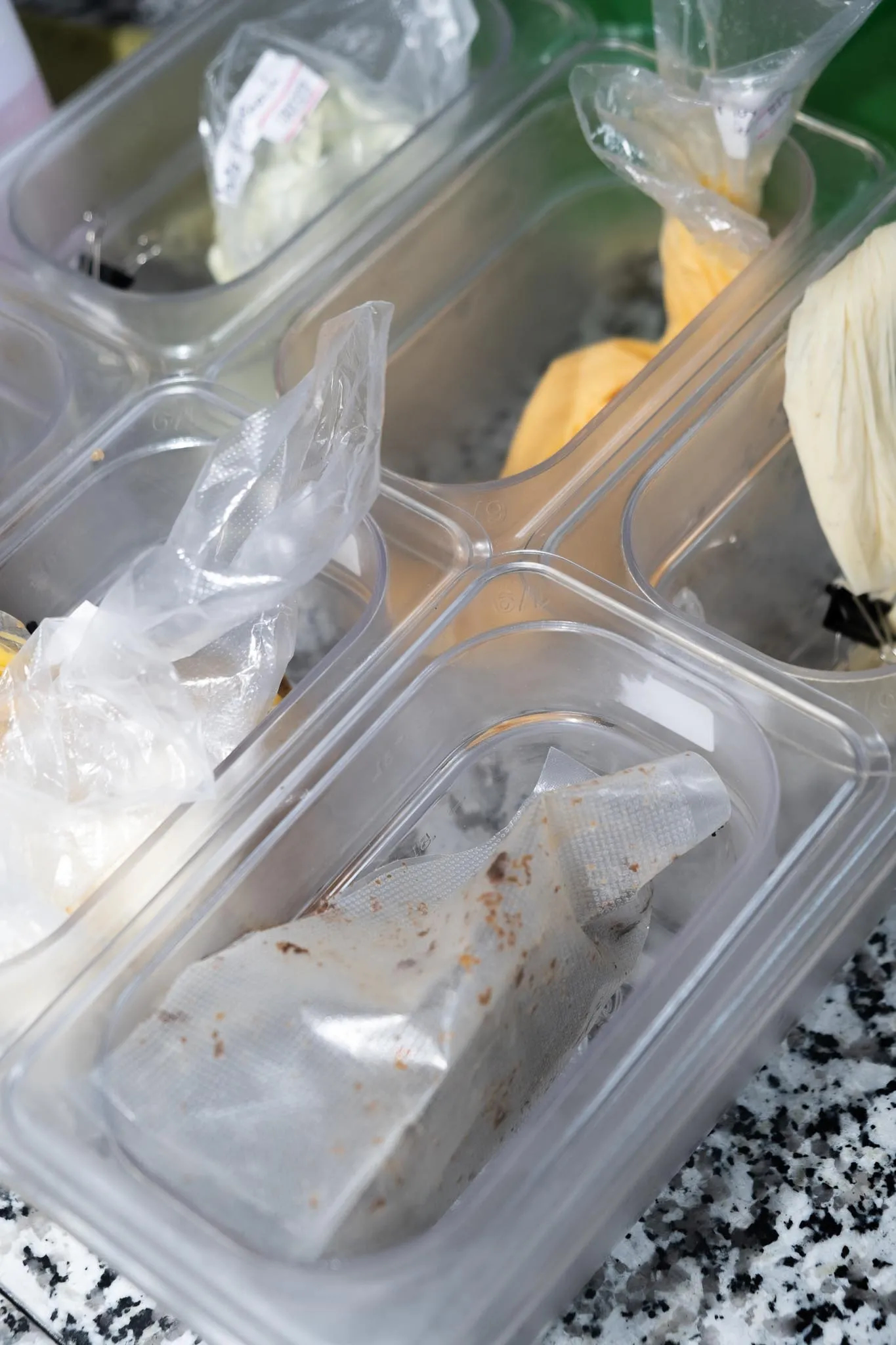
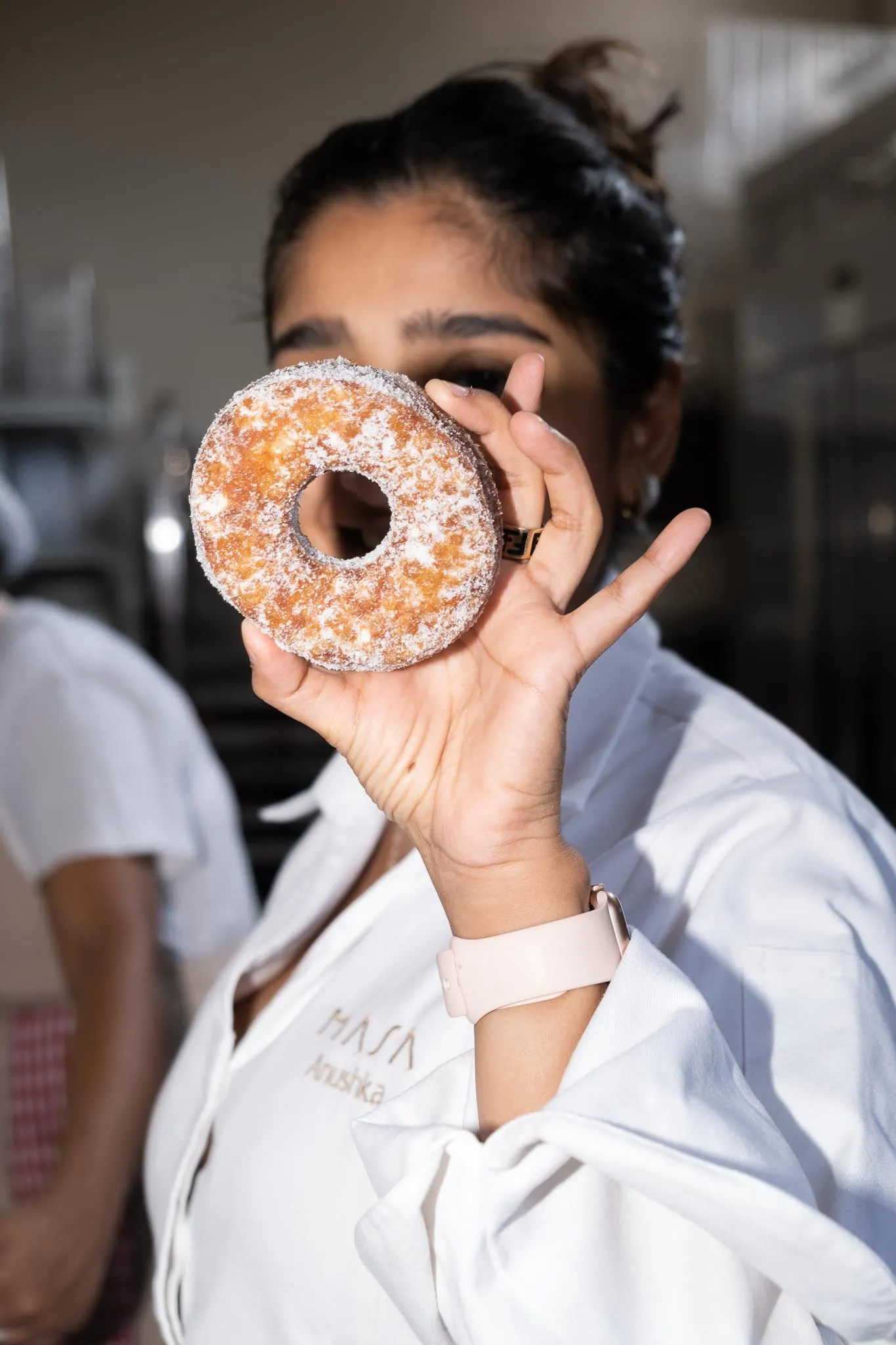
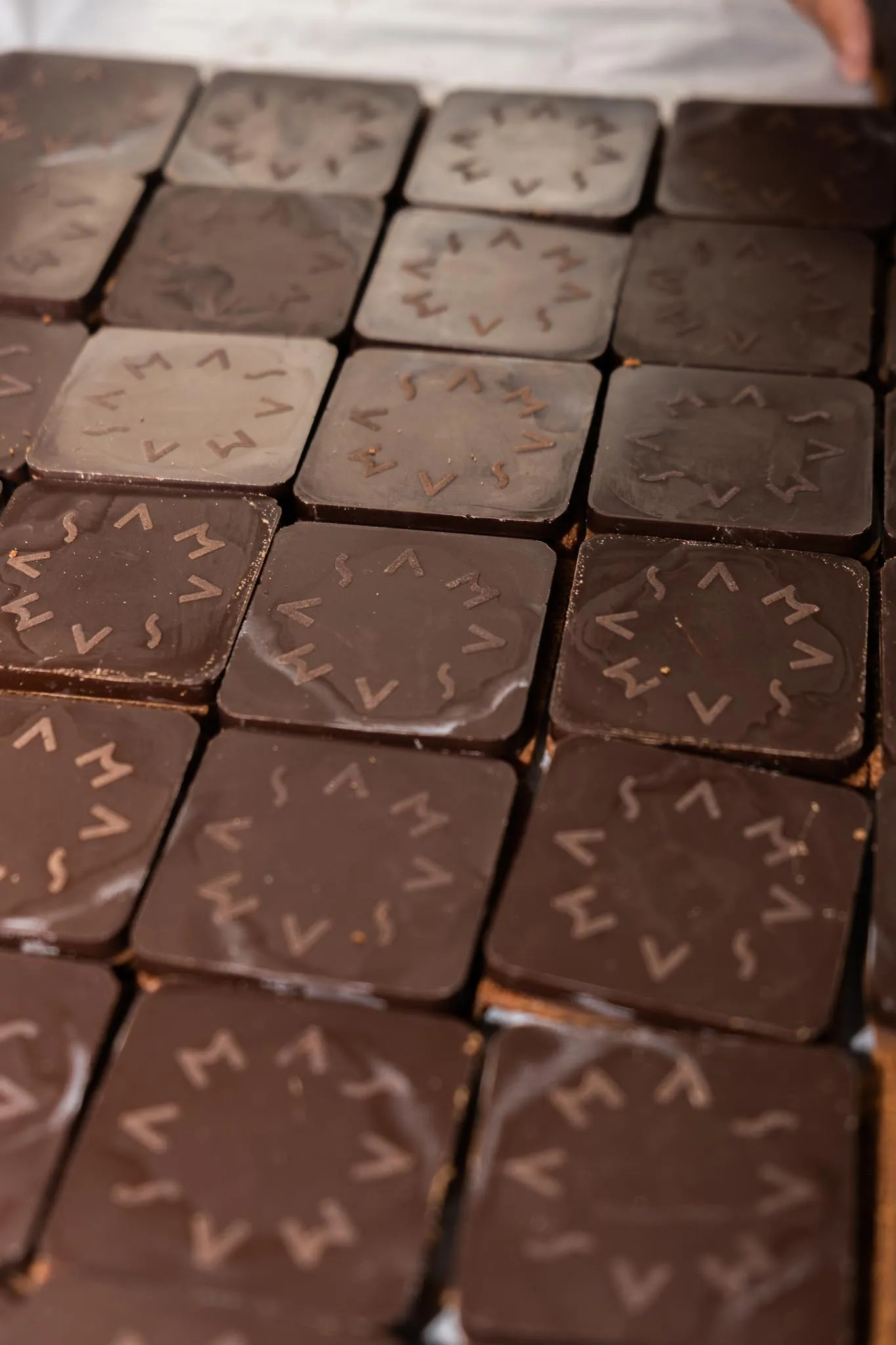
Both of you continue to maintain a presence on your personal Instagram accounts. Has that helped the business?
AM: Those accounts are a space for us to express the ways in which we are different as chefs. We have different styles; Masa is a reflection of where we align. We like focusing on our products and giving the customer a good experience, and making people happy. It helps the business when we are able to stay true to ourselves as individuals, and as a team.
Collaborations also expose us to other points of view and we accept them. We build skills. It helps us get out of our bubble. On a more serious note, depression afflicts a lot of people from this industry so we really try to connect and check in with our colleagues. It's important for the community to encourage each other to leave our kitchens as well.
How do you stay connected with the food community in Mumbai? Is there a space where you are able to discuss things with your peers?
AM: When we started our food page on Instagram, it was for the purpose of networking. But through collaborations, most of the chefs in the community have become our friends. We find it easy to get along with each other because we get what the other is going through on a day-to-day basis. Everyone has similar issues whether it comes to staffing or sourcing ingredients. We try to contribute by being open about our business.
NA: Collaborations also expose us to other points of view and we accept them. We build skills. It helps us get out of our bubble. On a more serious note, depression afflicts a lot of people from this industry so we really try to connect and check in with our colleagues. It’s important for the community to encourage each other to leave our kitchens as well.
How do you balance customer expectations? Do you push back when needed?
AM: We have our ways of doing that. When I told my parents that I wanted to open a bakery and that our focus was going to be on viennoiserie, which is Nariman’s expertise, they were disappointed that we were not going to sell sourdough bread. For us, it was just adding to the clutter; there are so many bakeries that offer it. But when the requests didn’t stop, we had the idea to recreate the essence of sourdough through a chocolate bar. We worked with a vendor who modelled a slice of sourdough bread that we baked, and created a mould for chocolate. And instead of putting sourdough inside, we dehydrate croissant trimmings and add it to the gianduja. It ended up being a great way to use the waste trimmings that come from making our croissants. You have that crunchy, sweet element in the chocolate bar, but it looks like it’s bread. It’s definitely one of our more experimental products, and people are often pleasantly surprised by it.
NA: People get so excited. They say we’re the first ones to sell bread by the slice and I still find myself reminding them that it’s not bread.
India has everything from vanilla, which we source from Kerala, to chocolate, which we source from Andhra Pradesh, to butter. Ninety per cent of the produce that we use in our kitchen is from India.... Our flour is from Uttar Pradesh.... the pastrami in our croissant sandwich is sourced from an artisan in Pune who cuts and smokes the meat himself.
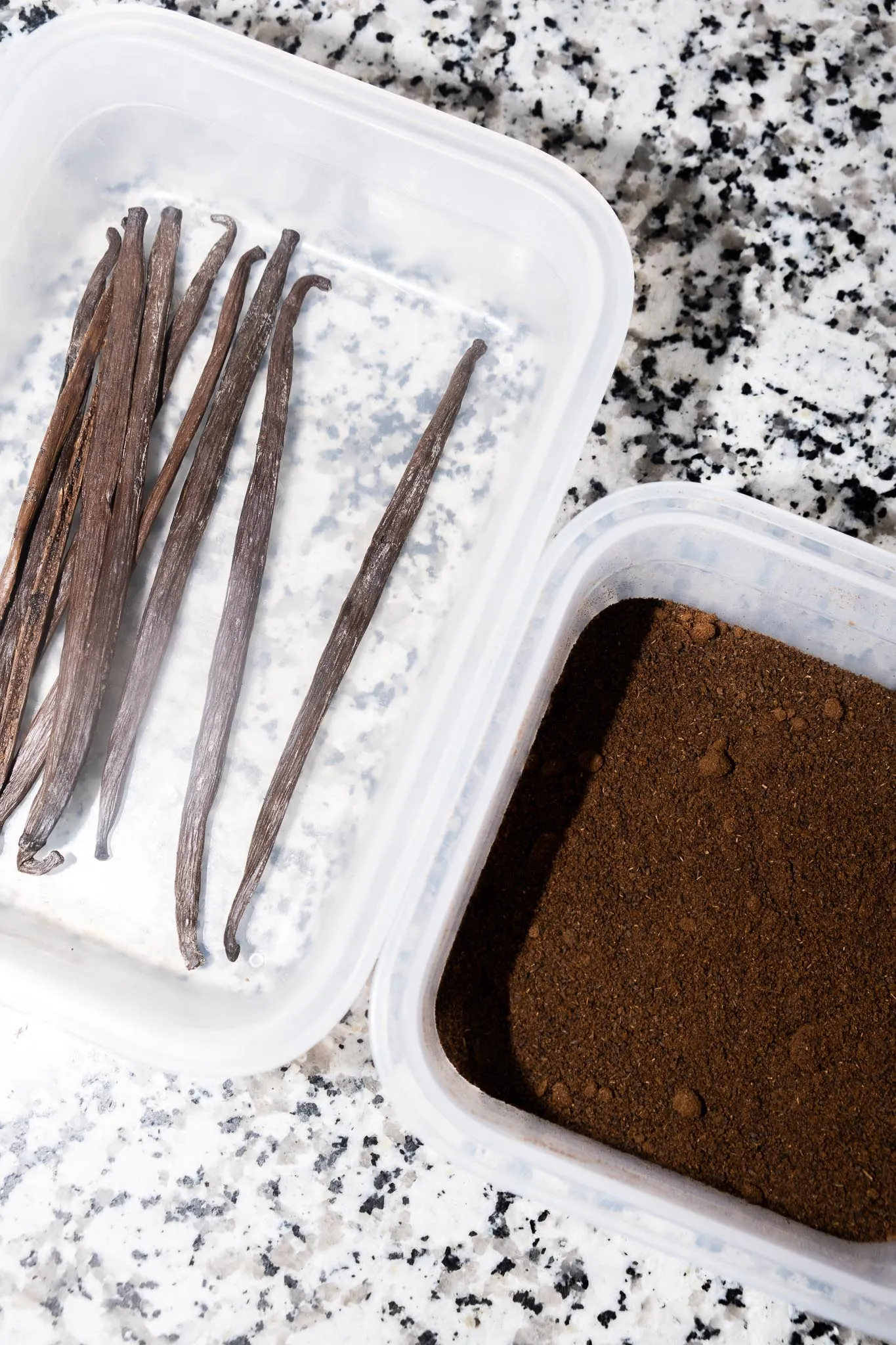
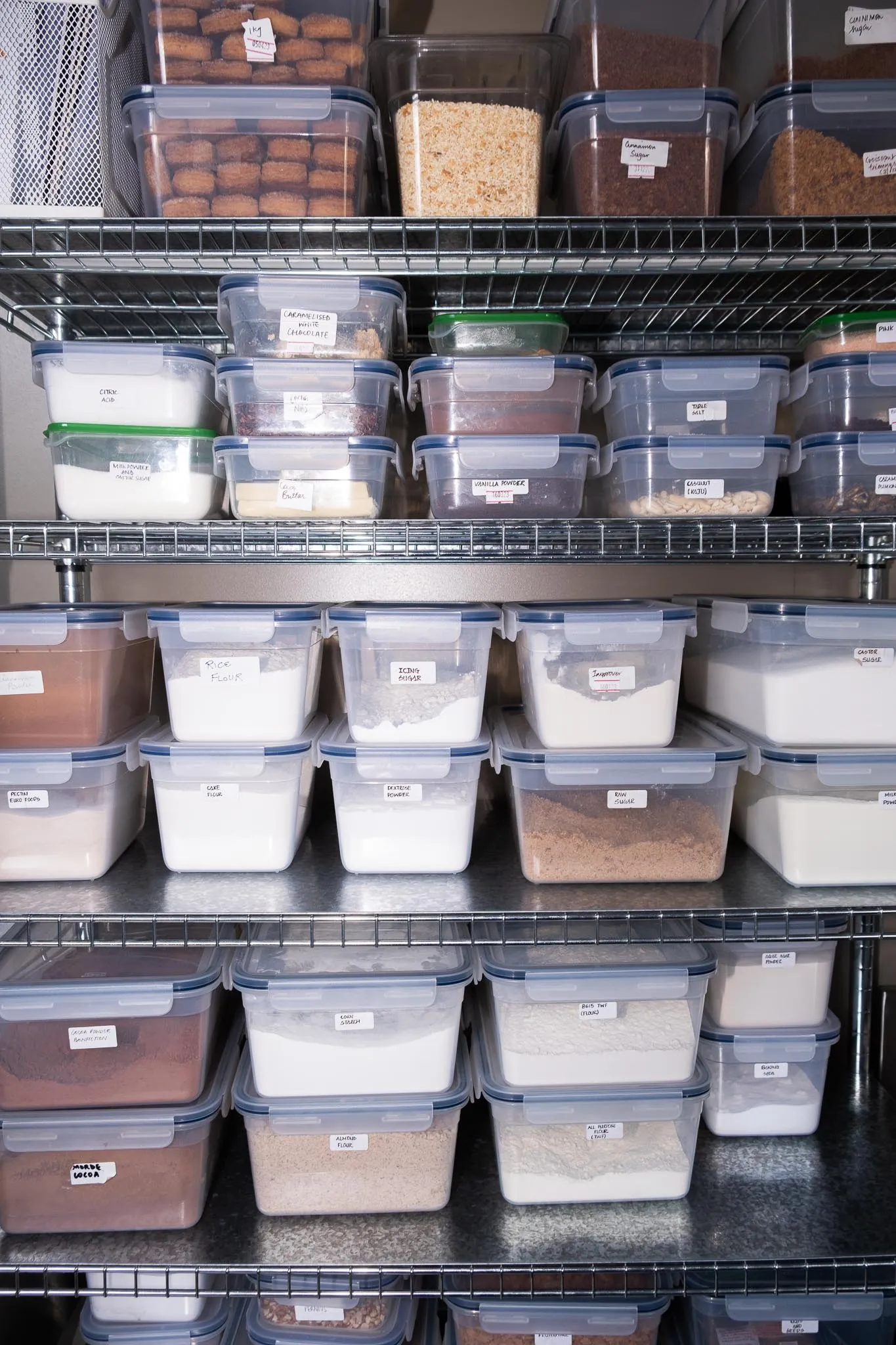
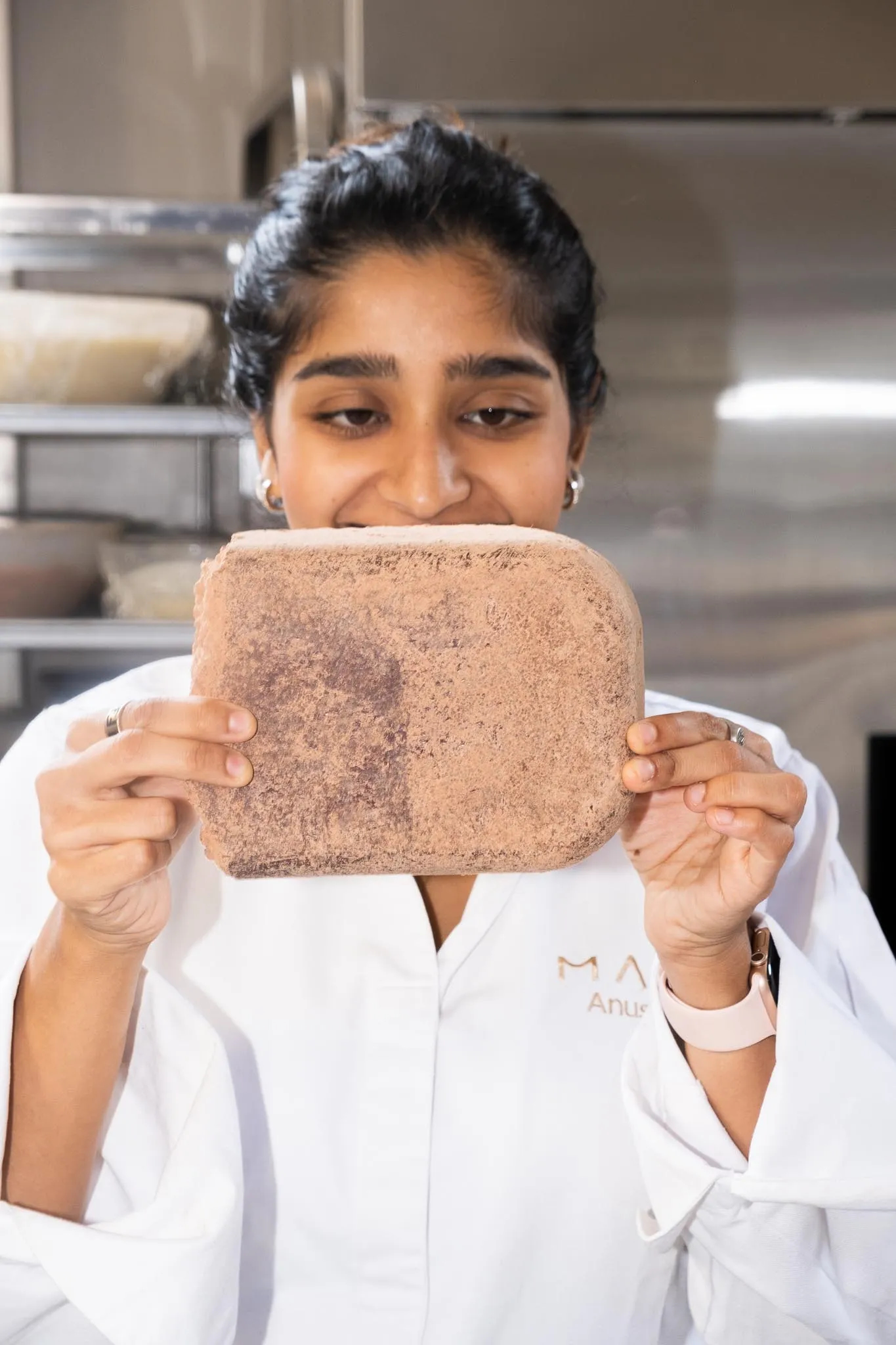
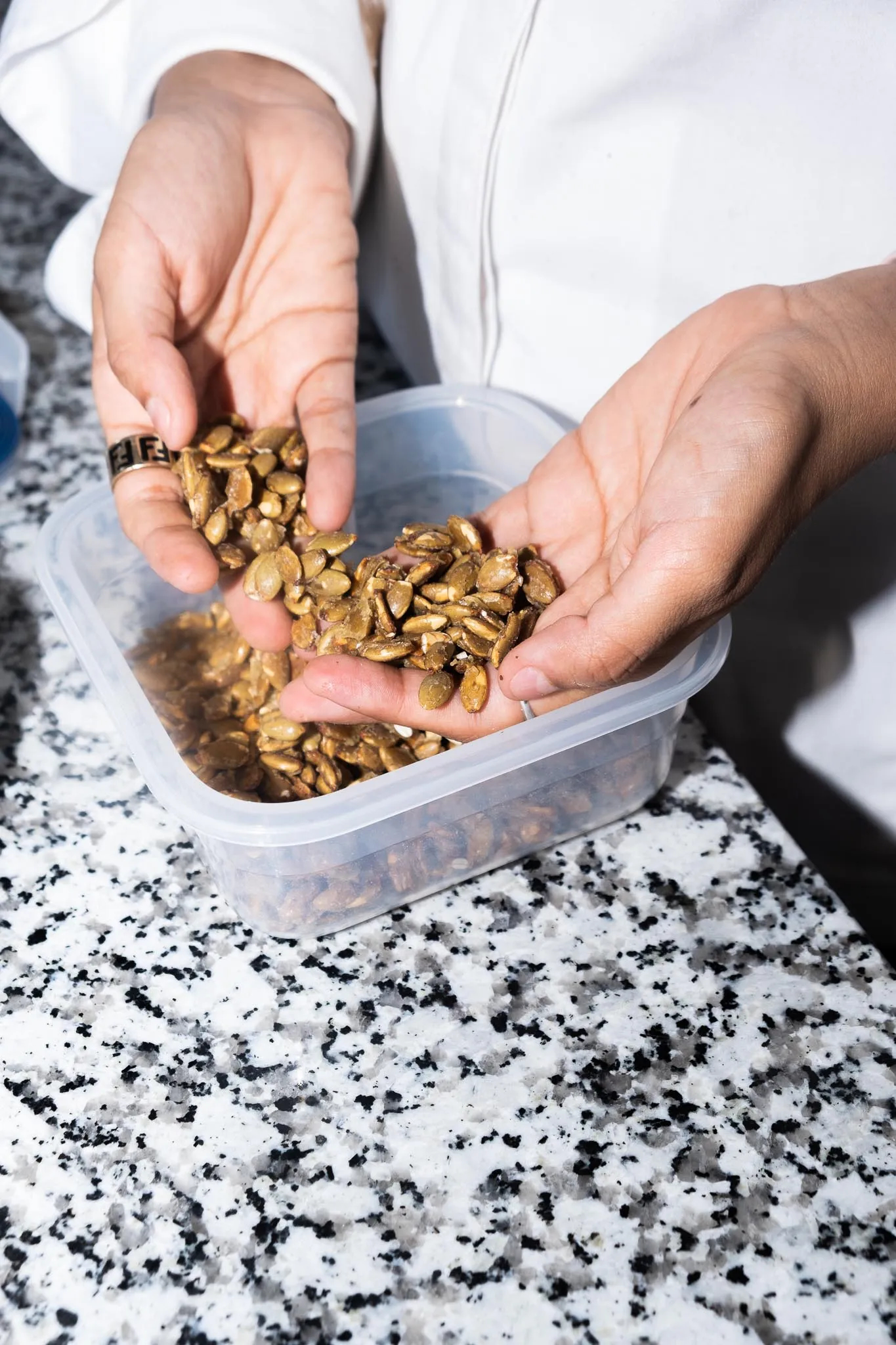
Can you highlight some of the ingredients that you use?
AM: India has everything from vanilla, which we source from Kerala, to chocolate, which we source from Andhra Pradesh, to butter. Ninety per cent of the produce that we use in our kitchen is from India. The imported ingredients we use are ones like olive oil, which aren’t really available here. Our flour is from Uttar Pradesh. The quality of fruits we’ve worked with is very impressive. We work with a company called Tillage that supplies locally-sourced, organically farmed staples, sweeteners and seasonal fruit. Even, for example, the pastrami in our croissant sandwich is sourced from an artisan in Pune who cuts and smokes the meat himself. I am so happy with the quality of ingredients we have been able to source from within the country.
NA: The key ingredient in the kitchen, which we like to try to take as much control of, is the flour. We partner with a company based in Uttar Pradesh called TWF. The founder is a scientist, with in-depth knowledge about flour, wheat structure, etc. He calls it multidimensional flour and he has developed a special blend for us. Everything is stone ground and organic. Unlike other suppliers, who process their flour traditionally but cannot guarantee quality, he is marrying traditional with a scientific approach to deliver a consistently high-quality product. Not only that, he is studying how the same flour is going to behave in different cities. We are learning a lot from him.
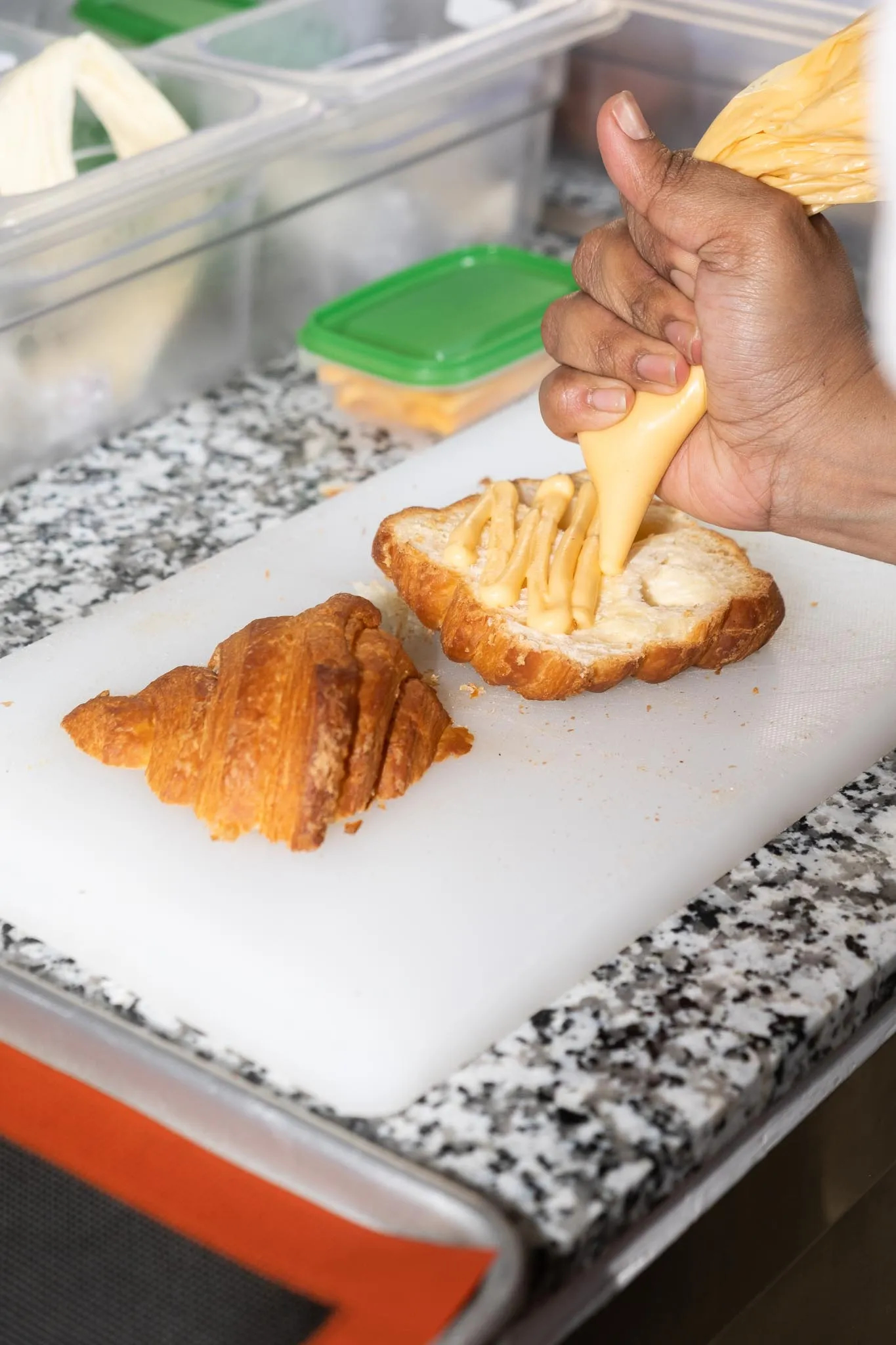
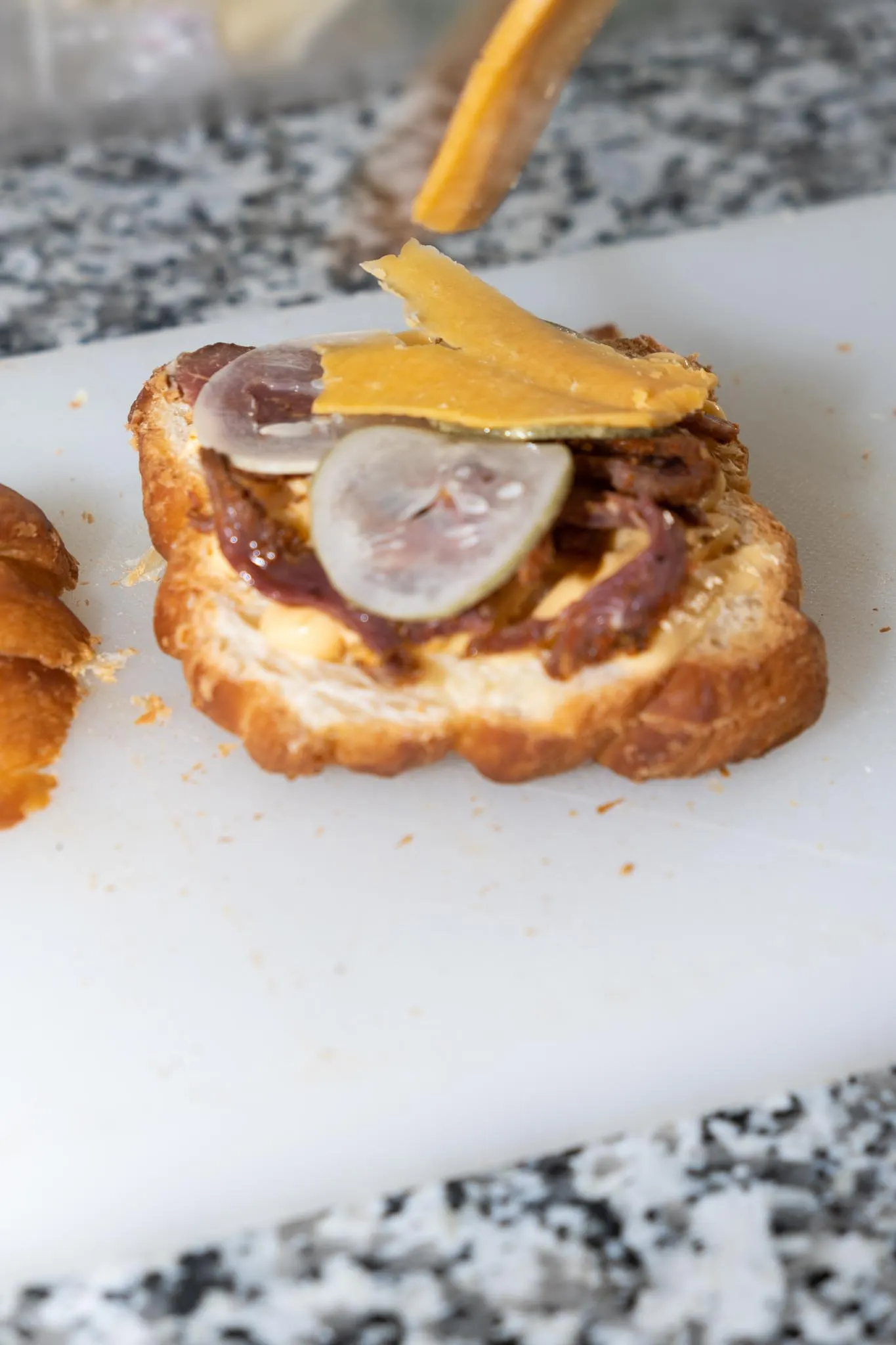
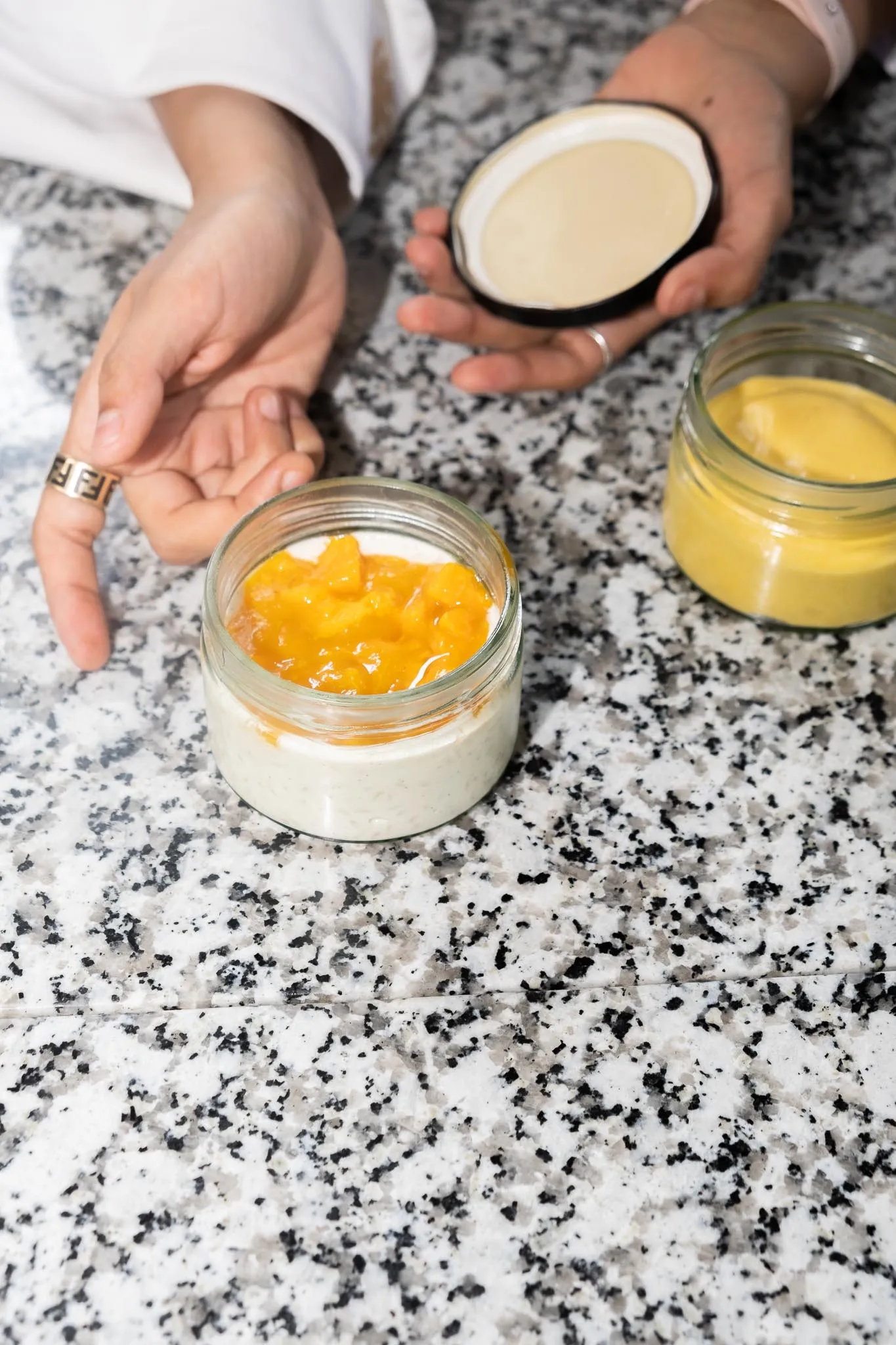
How are your products an expression of both your cultures? Is that something you try to express through the food at all?
AM: We do bring our cultural backgrounds into the pastries. Recently, we made a mango rice pudding that was inspired by phirni but we cooked the rice pudding like a French riz au lait and we used a local Maharashtrian rice variety called ambe mohar. It was flavoured with vanilla from Kerala and topped with fresh Alphonso mango.
In the Reuben, one of our croissant sandwiches, we use a locally sourced mustard called kashundi, which is similar to Dijon, and a pickled cucumber from Kazakhstan. Both the pastrami and cheddar are made in India as well.
NA: We recently introduced the medovik, which is something I grew up eating. It’s a honey cake with sour cream. Traditionally, it is something my grandmother would make, but we are using flour with a higher protein content in our version and making it less sweet. In general, when we create such rustic dishes that might be heavy to eat, we do try to cater to the health-consciousness of our customers in this way.
What are you looking forward to?
AM: We have just opened an outlet in Juhu. It’s not a sit-down space. We think of it as a boutique where people can come try the pastries and maybe grab a coffee. Our kitchen remains the same.
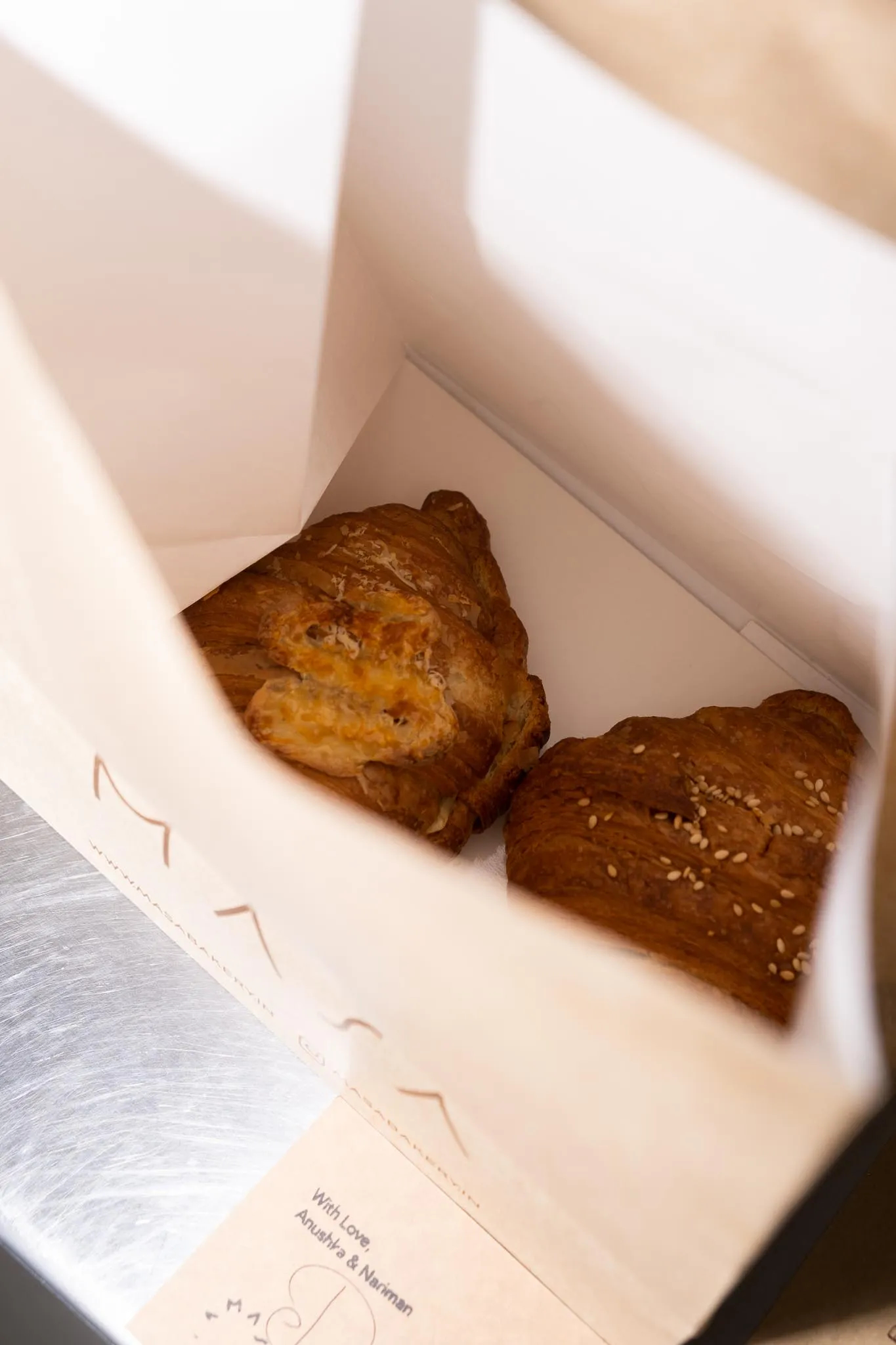
What is the perfect order from Masa?
NA: I’m a fan of classical things done right. I would definitely recommend a butter croissant. The confit garlic and cheese croissant is a nice savoury option, and our chocolate chip cookie is also one of my favourites. I would say order two or three things always, because it allows you to try them out. Think of it like tapas.
AM: I like the exact same things, but I would also recommend our marble cake because it is so beautiful. It looks like a slab of marble. It has a glaze on top, which is made of white chocolate and milk chocolate, and it’s really soft and moist.
Previous: Divesh Aswani, Commis Station
Back to Introduction